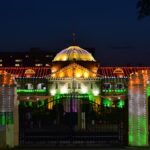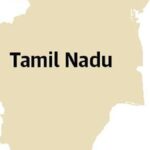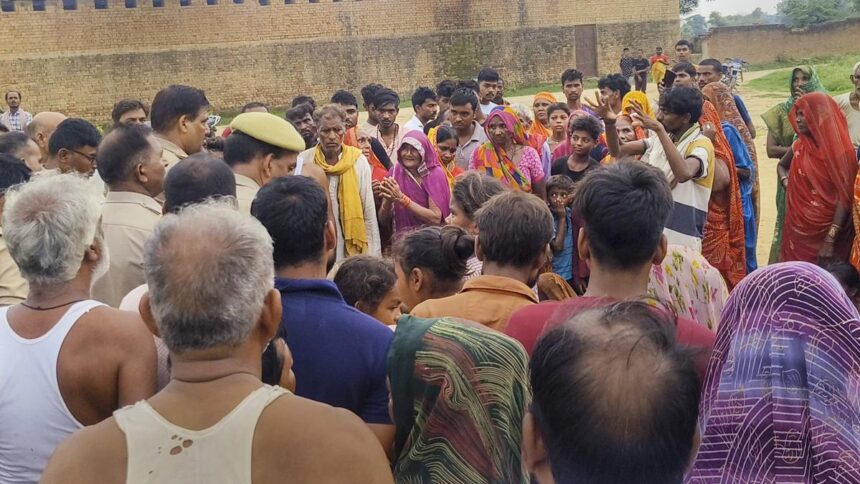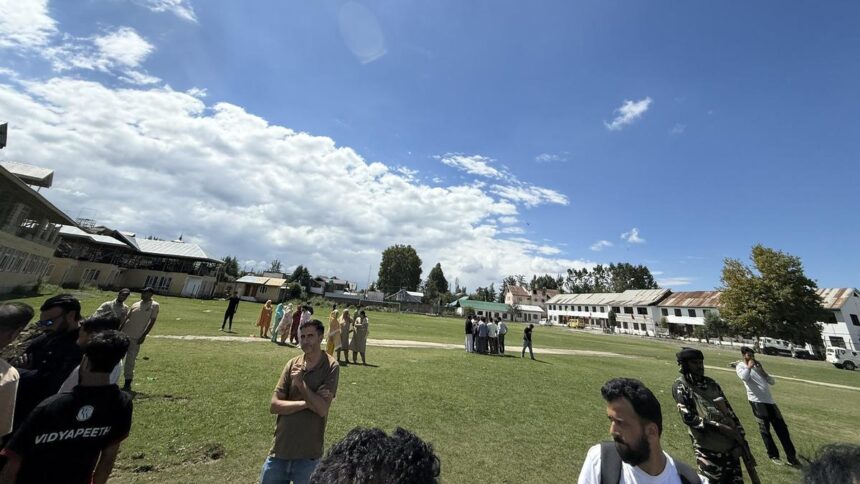The history section of the newly introduced Class 8 social science textbook by the National Council of Educational Research and Training (NCERT) for students in the current 2025-26 academic year portrays Mughal rulers, especially Babur, Akbar, and Aurangzeb, as “intellectuals” who also “plundered” the Indian population.
The second chapter of the textbook, titled ‘Reshaping India’s Political Map in Theme B – Tapestry of the Past’ includes references from the Baburnama, Babur’s autobiography, and describes him as cultured, intellectually curious, and having a keen appreciation of architecture, poetry, flora, and fauna. The textbook also goes on to say that Babur was a ruthless conqueror, slaughtering populations, enslaving women and children, and taking pride in erecting “towers of skulls” in plundered cities.

Akbar’s reign is described as a blend of “brutality and tolerance”, and that during the seizure of the Chittor fort, Akbar, then 25 years old, ordered the massacre of 30,000 civilians, and the enslavement of women and children, the new textbook states. Akbar’s message is also quote in the textbook: “We have succeeded in occupying a number of forts and towns belonging to infidels and have established Islam there. With the help of our bloodthirsty sword, we have erased signs of infidelity from their minds and have destroyed temples in those places and also all over Hindustan.” The textbook says Akbar leaned towards peace in the later years of his reign.
The new textbook also states that Aurangzeb issued farmans or edicts to demolish schools and temples. “Temples at Banaras, Mathura, Somnath among many others were destroyed, as well as Jain temples and Sikh gurdwaras,” the new textbook says. It also speaks of the persecution of Sufis and Zoroastrians at the hands of the Mughals.
Babur, Akbar, and Aurangzeb have not been described in such detail in the older NCERT textbook’s chapter on the Mughals, which appeared in the Class 7 History book (‘Our Pasts II’).

Michel Danino, Head, NCERT’s Curricular Area Group for Social Science. File
| Photo Credit:
The Hindu
“Indian history cannot be cannot sanitised and presented as a smooth, happy development throughout. There were bright periods but also dark periods where people suffered, so we have given note on the darker chapters of history, and also given a disclaimer that no one today should be regarded as responsible for whatever happened in the past,” Michel Danino, Head, NCERT’s Curricular Area Group for Social Science, told The Hindu.
“You cannot understand them (the Mughal emperors) unless you go into the complexities of their personalities. Akbar himself admits he was brutal in his younger days. We are not demonising Akbar or Aurangzeb, but we have to show these rulers had their limitations and committed cruel deeds,” Mr. Danino said.
Because Part One of the earlier released new Class 7 Social Science textbook in April culminated in the pre-Delhi Sultanate era of the 6th century, there was an element of uncertainty on how the Delhi Sultanate and Mughal era would find their place in the newly revamped textbooks. While earlier a Class 7 student would have learnt about the Delhi Sultanate and Mughal history, these sections have now been shifted to the first part of the newly released Class 8 textbooks, available in bookstores mid-July onward.
The first part of the new Class 8 Social Science textbook, which has combined History, Geography, Civics, and Economics into one title, Exploring Society: India and Beyond, will serve as a resource for the first six months of the academic year for Class 8, NCERT officials clarified. “Part Two textbooks for both Classes 7 and 8 for Social Science will be released in October later this year. Part Two textbooks are currently under development,” officials said.
The new Class 8 textbook also has a section on heroic resistance to the Mughals, including on the Jat peasants who managed to kill a Mughal officer; the Bhil, Gond, Santhal and Koch tribal communities, who fought to protect their territories; and Rani Durgavati of one of the Gond kingdoms, who fought against Akbar’s army. Sections have also been added on the escape of Mewar’s ruler Maharana Pratap, and the resistance of the Ahoms to Aurangzeb’s army in northeastern India.
Published – July 16, 2025 02:03 am IST





















